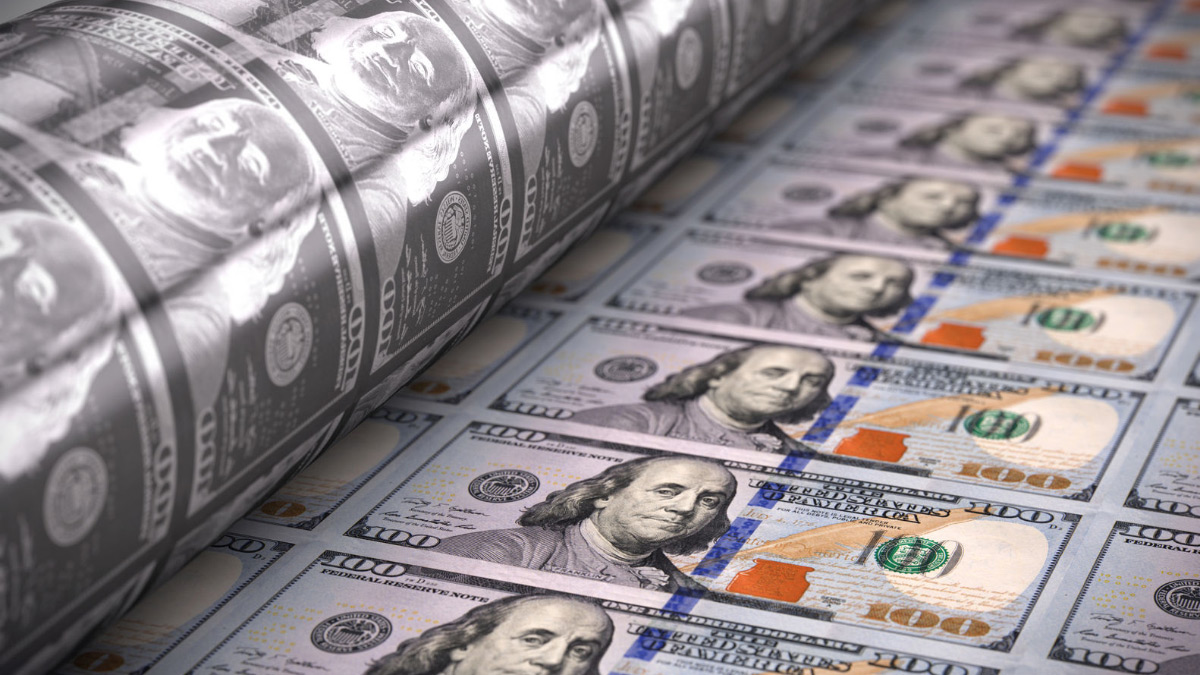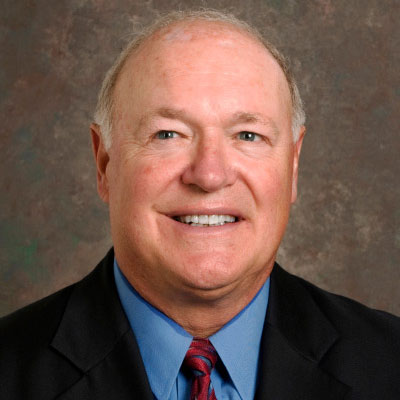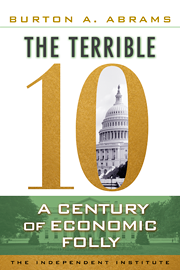To understand our economy’s future, it helps to know our political past.
In 1970, President Nixon appointed respected economist Arthur Burns to head the Federal Reserve System. Prices were rising, but so was unemployment. Nixon, convinced that joblessness was the bigger of the two obstacles to his 1972 re-election bid, came up with a plan: He would pressure Burns to keep interest rates low, thereby helping ensure a robust economy during the run-up to the election.
Burns capitulated, but inflation got worse.
Nixon responded in August of 1971 by imposing wage and price controls, which suppressed obvious symptoms of inflation but did nothing to tame the underlying cause. After the controls were lifted, inflation roared until the end of the decade, creating economic dislocations and eroding investment capital. A tactic meant to reduce unemployment ended up creating a years-long inflationary recession.
Fast forward to 2018. Inflation is heating up, and the economy is at full employment. Will Jerome Powell, President Trump’s newly appointed Federal Reserve chairman, raise the Fed’s interest-rate target to head off inflation? There is evidence that he will resist doing so, but even if he increases short-term rates, it’s probably too late to avoid rising inflation. The bond market should be worried.
The role of the Fed, its longest-serving chairman once quipped, is “to take away the punch bowl just as the party gets going.” Lately, however, the Fed seems to have abdicated this role. The Federal Open Market Committee decided in January to keep its federal-funds interest-rate target well below the rate of inflation. The nation’s central bank continues its “accommodative” monetary policy, refilling the spiked punch bowl despite an intoxicated party.
Today, the Fed fixates on nudging the inflation rate up to 2 percent. It’s tormented that its measure of the “core” inflation rate rose only 1.5 percent in 2017. But in focusing on the recent past, the Fed is like the drunken driver who tries to steer the car while keeping his eyes on the rear-view mirror.
Any forward-looking economic model worth its salt must be predicting higher inflation. Unemployment is at a 17-year low, and many believe that recent wage growth will continue. Price increases in equities have created trillions of dollars of value despite the recent stock-market decline, itself a reflection of investors’ growing anxiety about inflation. Real estate prices have surged nearly 7 percent in the past year. These increases in wealth foretell a consumer spending boom. Massive tax cuts for corporate America and households will also fuel higher spending in 2018. These ingredients only strengthen the power of the Fed’s party juice.
The Fed’s claim of confidence in its ability to achieve the twin goals of price stability and maximum employment brings to mind the unfounded optimism of an earlier era. Keynesian economists in the 1960s proclaimed recessions were a thing of the past because they believed they had a better understanding of government spending and taxation. Yet seven recessions have struck the U.S. economy since 1970.
Once inflation gets going it becomes extremely difficult to extinguish. Past presidents and Fed chairs have lacked either the political will to tame it (witness Nixon and Burns) or the knowledge of how to do so (see President Carter and Fed chair G. William Miller). Miller’s successor, Paul Volker, was the rare case of a successful inflation fighter, but don’t ask Carter if this helped his re-election campaign.
So, what will the Fed’s policymakers do when the inflation rate stays above the magical 2 percent target? If history is any guide, they will delay raising the federal funds rate sufficiently and inflation will climb higher still. Eventually the Fed will have to slam on the monetary brakes, throwing the economy into recession. If the Nixon-Burns analogy holds, expect this to happen after the 2020 election.
If inflation surges, Chairman Powell will get the blame even though the momentum was years in the making. Powell, a lawyer by training, should know that attorneys have had a tough time at the Fed helm. The previous one to chair the central bank, G. William Miller, left in 1979 with inflation running about 12 percent. Let’s hope the new Fed chief can do better, but prepare for the worst.









